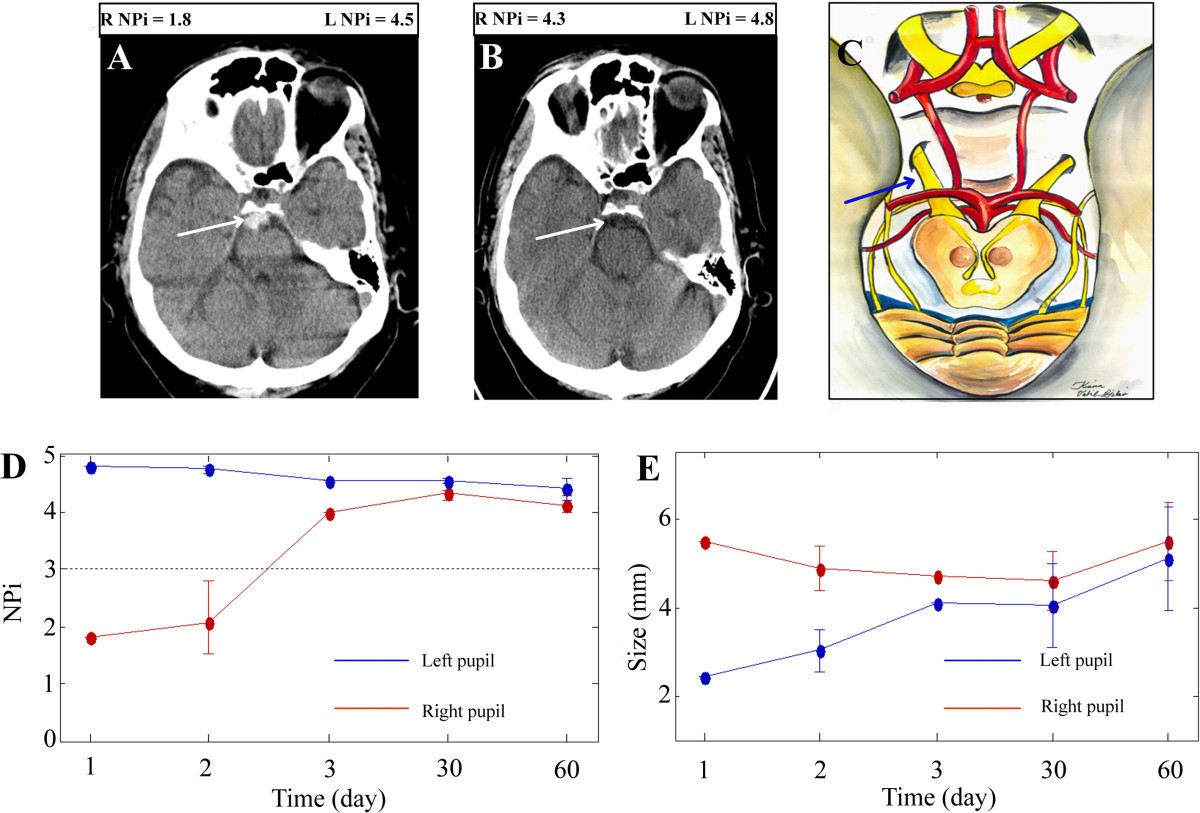
Herbal plants, like Jimson weed, blue nightshade, and Angel’s trumpet.Anticholinergics, like atropine, homatropine, tropicamide, scopolamine, and cyclopentolate.The following list details agents that can affect the pupillary dilator or sphincter muscles and cause this anisocoria: Pharmacologic anisocoria can appear as either mydriasis (dilation of the pupil) or miosis (constriction of the pupil). Mechanical anisocoria will happen because of damage to either the iris or its supporting structures.Įye trauma, surgery, or inflammatory conditions like uveitis(inflammation of the middle tissue layer of the eye) are just some examples that could lead to mechanical anisocoria.Īngle-closure glaucoma or intraocular tumors may also result in mechanical anisocoria. This is a muscle located in the colored part of the eye called the iris. This nucleus is responsible for the pupillary sphincter. Some believe that the condition occurs due to a type of inhibition of the Edinger-Westphal nucleus. Health professionals do not know exactly why people develop simple anisocoria. The difference in pupil size will be less than or equal to 1 mm, and the condition may be intermittent, persistent, or self-resolving. This particular type can affect up to 20% of the population. Simple anisocoria (otherwise known as physiologic or essential) is the most frequent cause of uneven pupil sizes. The following list shows different types of anisocoria and their causes.

In some cases, anisocoria can develop due to a possibly life-threatening condition. While the condition is common, the causes may or may not be benign.

Characterization of anisocoria includes unequal pupil sizes.


 0 kommentar(er)
0 kommentar(er)
